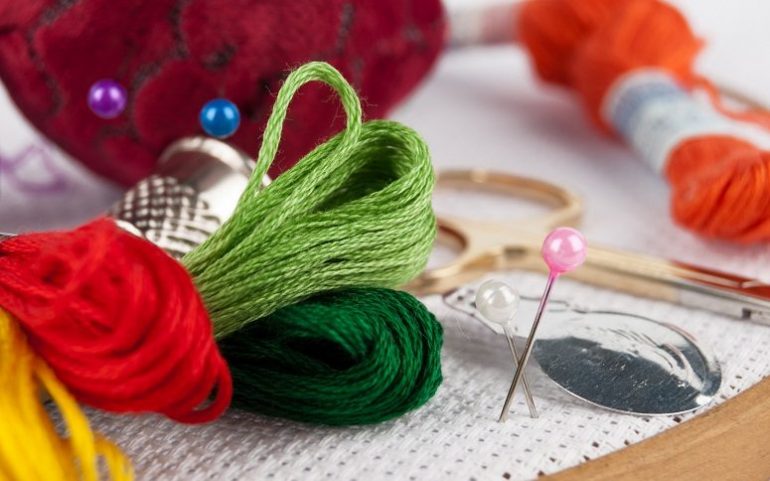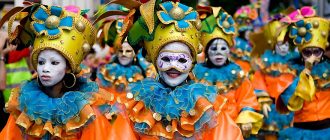Brazilian embroidery kits are characterized by floral patterns created in dimensional stitches with a unique Z-twisted rayon embroidery thread that originated in Brazil. Read our guide for more facts and information…
In traditional households, it was customary for women to get involved in embroidering tasks. Embroidery has invariably played an interesting role in embellishing linens, pillows, quilts and several other personal accessories, especially of women. Various hand-stitching techniques have been passed down the generations and are cherished in many cultures. In spite of the availability of modernized machinery for creating such patterns, many people still appreciate hand-stitching skills. In this line, Brazilian embroidery has a unique identity, owing to the stitching method and accessories used.
Brazilian Embroidery Style
It is a three-dimensional hand stitchery that helps create eye-catching patterns, which stand out and enliven the underlying fabric or garment. The technique is used alone to create various patterns, or combined with other stitching projects to add three-dimensional flowers. Brazilian embroidery is so called because the rayon thread used for stitching came from Brazil. Another interesting feature of this needlework is that there are no specific rules regarding the kind of stitch for a pattern and hence, creative individuals can use all kinds of strokes or stitches to get the desired pattern. Knotted stitches and cast-on stitches are commonly used for the flowers as they are more conspicuous.
Origin and Features of Rayon Thread
Rayon, the first man-made fiber, was introduced in the mid nineteenth century and since the middle of the subsequent century, women in Brazil started creating colorful threads by dying them. The embroidery done with these threads came to be called ‘Vari-Cor Embroidery’, owing to the variegated colors. It was developed in Brazil by Mrs. Elisa Hirsch Maia, better known as Madam Maia, in the year 1960. Later, as the technique gained popularity, it came to be known as ‘Brazilian Embroidery.’ In 1979, a company called EdMar started making colorful rayon thread in the United States. The company makes over 200 color combinations in small hand-dyed lots.
When compared to other techniques, Brazilian embroidery is distinguished because of the characteristic imparted to the rayon thread during the manufacturing process. Rayon thread has a Z-twist, unlike cotton thread which has an S-twist, i.e., the rayon thread plies are twisted in the opposite direction when compared to those of the cotton thread. Hence, while forming knots using Rayon thread, the embroiderer has to wrap the thread over the needle in a counter-clockwise direction so that the fibers are not unraveled.
Brazilian Embroidery Stitches and Kits
The Bullion stitch is considered as the defining stitch of Brazilian embroidery due to its dimensional effect. Rayon makes it easy because of its smoothness and sheen, which also impart a sort of vibrancy to the resultant embroidered patterns. Other commonly used stitches are Cast-on, Couching, Buttonhole, Drizzle, Leaf Stitch, Stem Stitch, French Knot, Long-Tailed and Detached Buttonhole.
Brazilian embroidery kits consist of colorful floral patterns with specifications of the stitches, colors, needles etc. Learning kits come with all the relevant details for beginners. A Milliners needle is used for knotted stitches, where many wraps are required, as these needles are made of a lengthy straight shaft without widening at the eye. Hence, it is easier to load several wraps and pull the needle through the fabric with the bigger volume of thread. Beginners need practice to get used to the counter-clockwise wrap habit and gain a proper rhythm.
Brazilian embroidery threads can add attractive and colorful floral sprays on clothing and other fabrics. The embroidery kits are available online and the 100% Rayon Z-twist threads withstand frequent washing even in boiling water.





